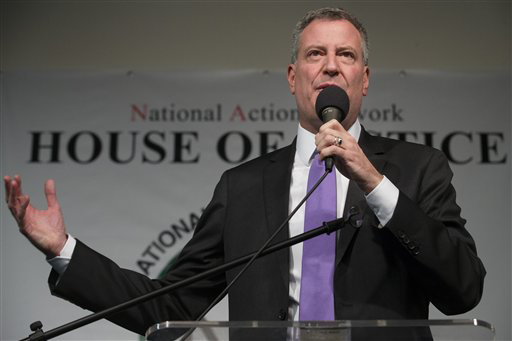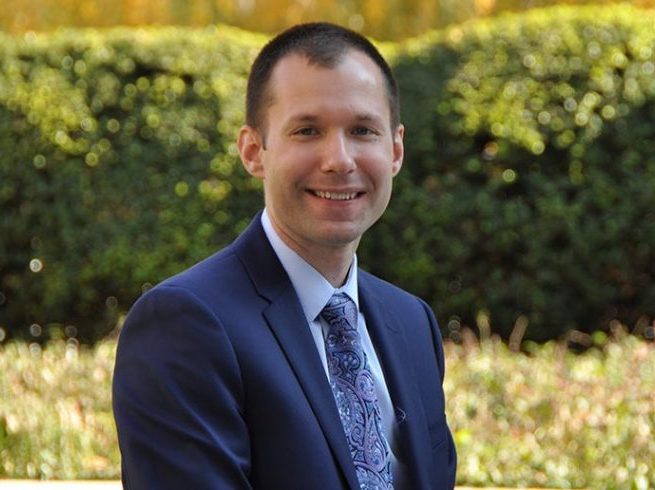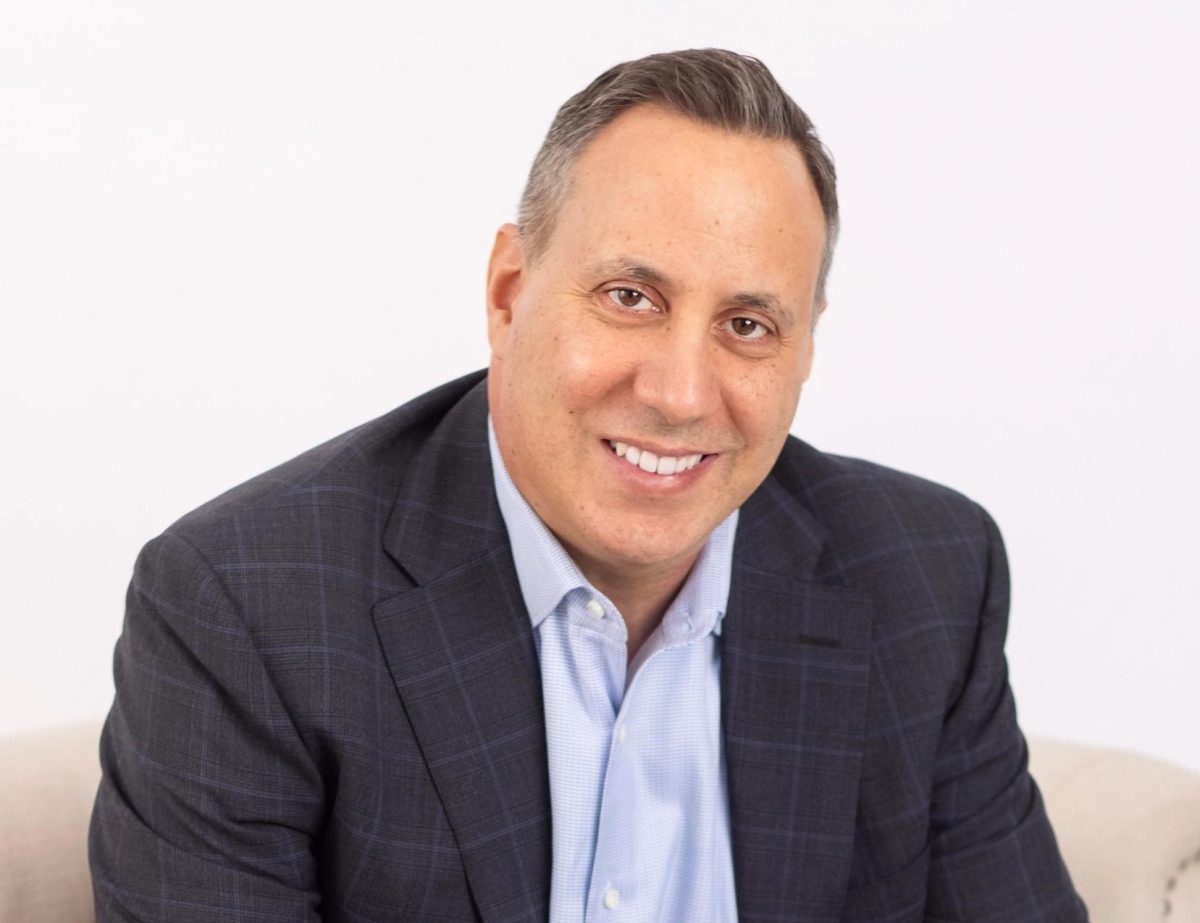By Katie Meyer
In Mayor Bill de Blasio’s State of the City address on Tuesday, one message came back again and again—New York City needs to be made affordable for everyone, not just the elite.
“If we do not act, and act boldly, New York City risks taking on qualities of a gated community,” de Blasio said. “We cannot let that happen.”
The way to make sure everyone has a fair shot in the city, the mayor said, is first and foremost by creating affordable housing, and lots of it. His ten-year plan calls for building 80,000 new affordable units, and preserving 120,000 that already exist.
Of course, there isn’t a lot of vacant space for this new housing.The mayor addressed this, saying density would have to increase in certain areas, but only where “appropriate.” This will mean building wherever there is room—and in New York City, that means building upwards.
De Blasio noted, however, that he still wants to preserve the “culture and character “of New York’s neighborhoods.
He plans to rezone six neighborhoods in all—East Harlem, East New York, part of Jerome Avenue in the Bronx, Long Island City and Staten Island’s western Flushing and Stapleton.
Perhaps the most ambitious idea proposed, which de Blasio called a “game changer,” follows this thinking— he wants to transform Sunnyside Yards, a 200-acre railroad tracks convergence in Queens, into a residential area by putting the trains under platforms and building on top.
While these changes are intended to benefit all lower-income New Yorkers, de Blasio is focusing on three groups in particular: veterans, the elderly and artists
Veteran homelessness, he said, is rampant, and in conjunction with a recent White House initiative, he has pledged to end veteran homelessness by the end of 2015, finding permanent homes for the approximately 1,000 veterans in the city’s shelters.
The mayor also made a point of thanking New York’s elderly, and pledged to allot them with 10,000 affordable units so that they can “retire with dignity.”
Finally, he pledged to support New York’s cultural community of painters, musicians, writers, and all the rest of the people he said have made New York a “mecca for tourists.” His plan calls for 150 units of live-work space specifically for active artists, as well as an additional 500 below-market workspaces. These facilities will also include public gallery and performance spaces.
While affordable housing is the biggest part of the mayor’s plan, it is not the only one. He also announced plans for a new citywide ferry service that will have the same fare as a Metro Card. He also plans to petition to raise the minimum wage to $13 per hour, and to add indexing so that minimum goes up as inflation rises.
All of this, he said, will help end the so-called “tale of two” cities, and make New York City a place where everyone, regardless of income, can at least get by.







































































































































































































